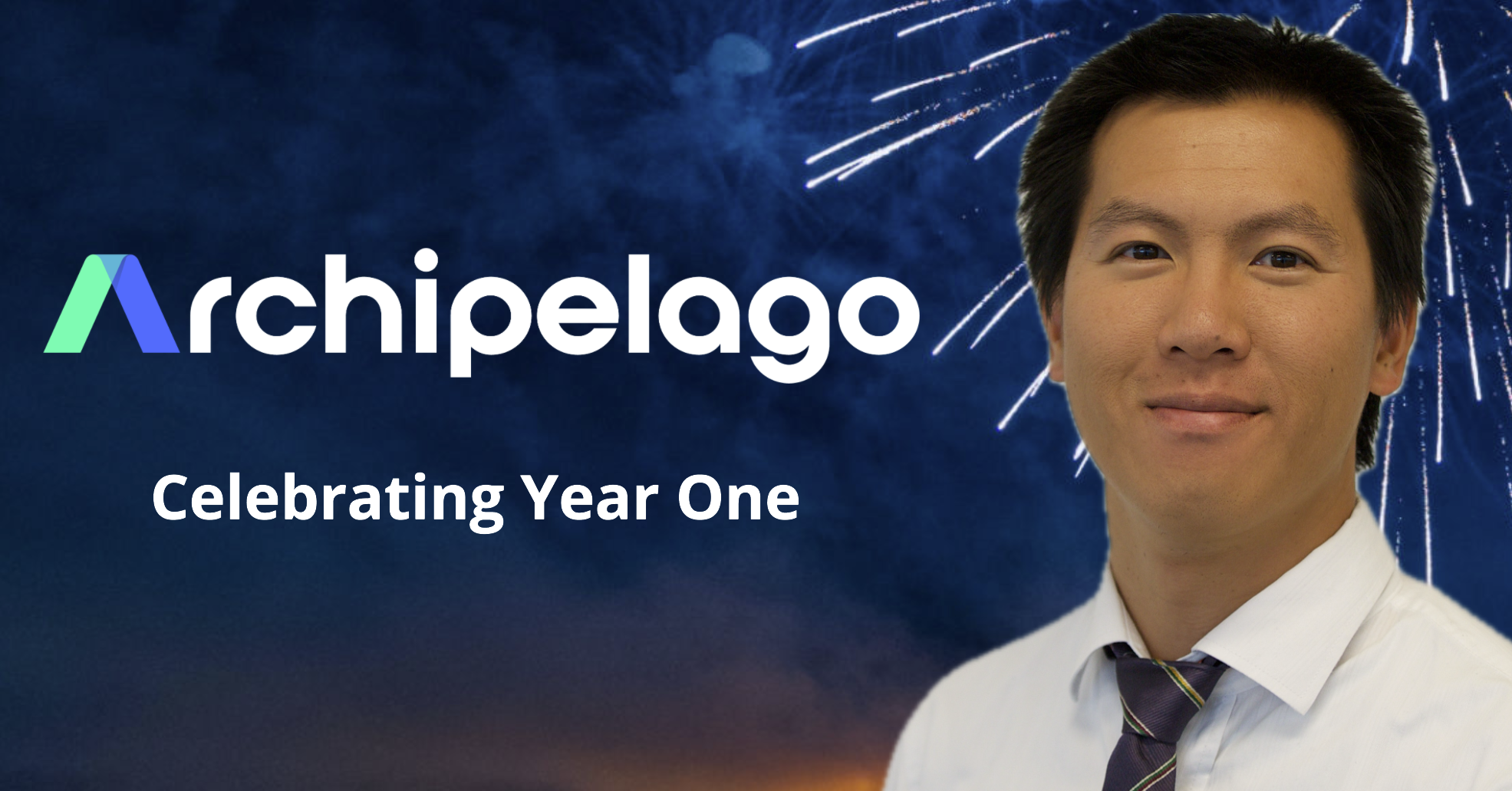Introducing The Project
Archipelago is launching its first open-source initiative for the AEC industry: a collaborative effort to build a shared knowledge base and resource hub for forward-thinking design and delivery practices. This is an open invitation to professionals, students, and firms to co-create a future where knowledge is shared freely, not locked away.
We haven’t named the project yet, and that’s intentional. We believe names should emerge from lived collaboration, not be imposed from the top down. If you're one of the first contributors, you’ll help shape not just the content but the identity of this effort.
Why Open Source AEC?
For decades, the AEC industry has treated knowledge as intellectual property, something to guard for competitive advantage. But this mindset has come at a cost: limited innovation, duplicated efforts, and a fragmented industry unable to evolve at the pace our world demands.
The tech world offers a powerful contrast. Open-source software, from Linux to Git, has driven rapid progress through transparency, collective improvement, and shared purpose. When knowledge is open, ideas multiply. The same potential exists in AEC if we’re willing to work differently.
Why Now?
Today’s projects are more complex than ever. Multidisciplinary teams are the norm, not the exception. Yet the way we work is still disjointed, rooted in legacy tools, bespoke workflows, and cautious mindsets.
The result? Approvals get bogged down. Innovative ideas get watered down. Budget and timeline overruns become standard. And promising solutions to big challenges, like housing affordability or sustainable design, never make it off the drawing board because no one wants to go first.
This project is about going first. Together.
What Does Open Source Mean in AEC?
In AEC, open source doesn’t just mean giving away drawings. It means opening up the process — sharing what we did, how we did it, and what we learned. That might look like annotated PDFs and concept reports. But it could also include BIM files, spreadsheets, tools, standards, and design logic.
It isn’t a one-size-fits-all model. The idea is to create useful public artifacts that others can adapt, improve, and build on.
Initial Goals and Format
Our first milestone is to stand up a pilot repository: a central space to share resources, case studies, and design assets. We don’t yet know whether GitHub, OneDrive, or something GIS-based is best. That’s part of what we’ll figure out together.
This will live across a few formats:
- A shared file library with real project examples
- A living wiki of lessons and practices
- Slack channels for brainstorms and coordination
Who’s Invited?
Anyone committed to shaping a more open and collaborative AEC industry. That includes:
- Firms that want to share lessons from innovative or sustainable projects
- Students and emerging professionals who want to learn and contribute
- Individuals who believe the future of building belongs to everyone
How to Participate
Apply to join Archipelago as an Explorer. Once accepted, you’ll get access to our Slack space where the open-source channel is already forming. Start by introducing yourself. Then jump into the threads, share a file, ask a question, or offer a pattern from your own experience.
This is meant to be low pressure and high reward.
Your Invitation to Act
AEC knowledge is too important to be trapped in silos. We can’t build a better future if we keep waiting for someone else to fix the system. As Buckminster Fuller said, "We are called to be architects of the future, not its victims."
If that resonates, don’t overthink it. Dip your toe in. Ask a question. Drop a file. See what happens.
Join our first cohort of Explorers and help build a better way forward.




